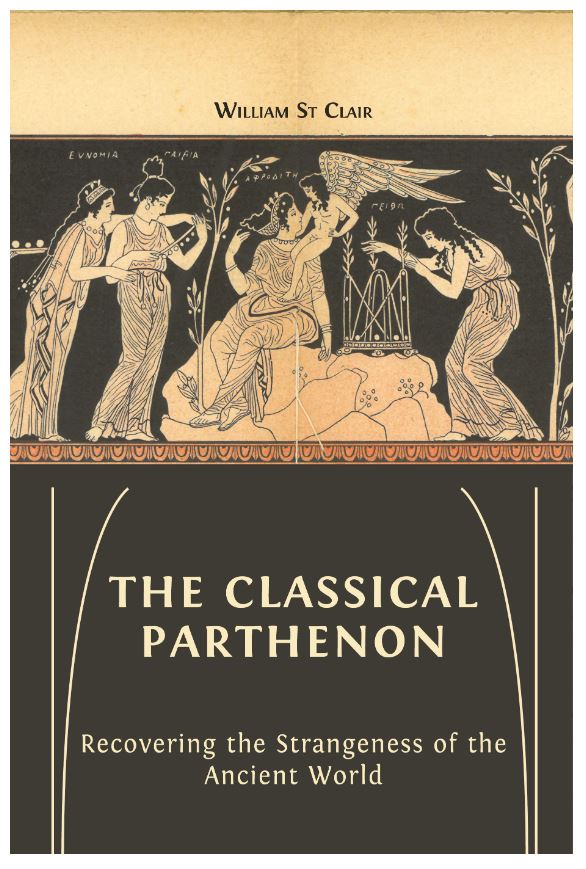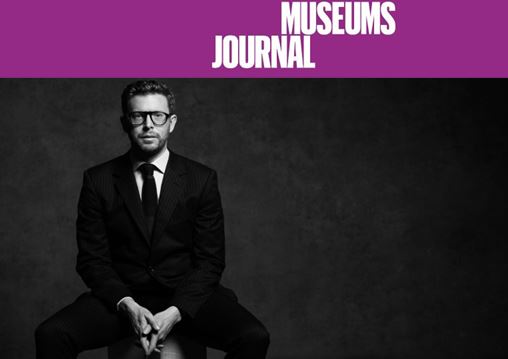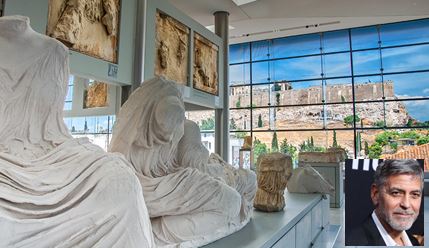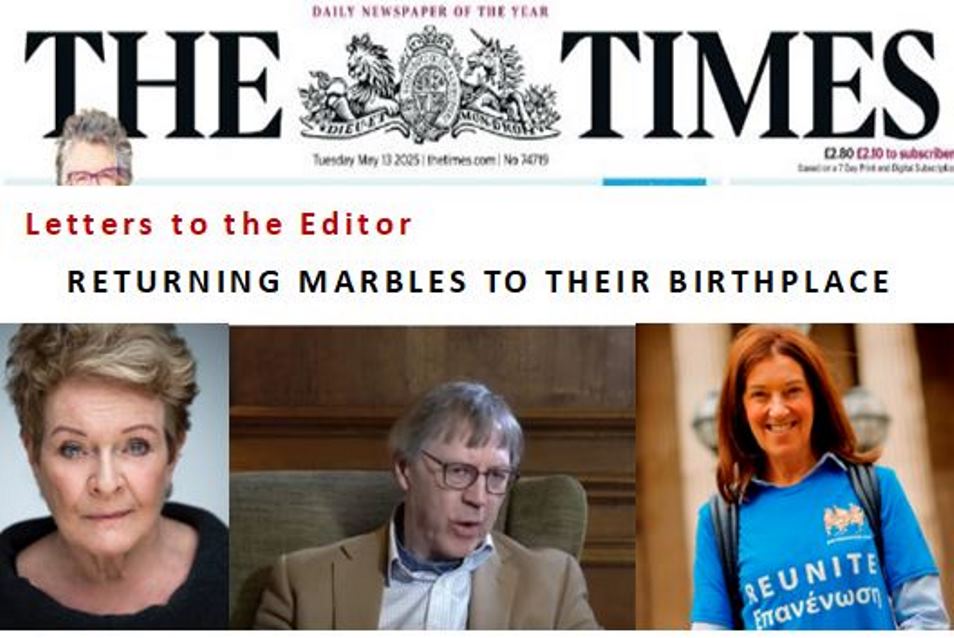The Classical Parthenon
Recovering the Strangeness of the Ancient World
William St Clair (author), Lucy Barnes (editor), David St Clair (editor)
Complementing Who Saved the Parthenon? this companion volume sets aside more recent narratives surrounding the Athenian Acropolis, supposedly ‘the very symbol of democracy itself’, instead asking if we can truly access an ancient past imputed with modern meaning. And, if so, how?
In this book William St Clair presents a reconstructed understanding of the Parthenon from within the classical Athenian worldview. He explores its role and meaning by weaving together a range of textual and visual sources into two innovative oratorical experiments – a speech in the style of Thucydides and a first-century CE rhetorical exercise – which are used to develop a narrative analysis of the temple structure, revealing a strange story of indigeneity, origins, and empire.
The Classical Parthenon offers new answers to old questions, such as the riddle of the Parthenon frieze, and provides a framing device for the wider relationship between visual artefacts, built heritage, and layers of accumulated cultural rhetoric. This groundbreaking and pertinent work will appeal across the disciplines to readers interested in the classics, art history, and the nature of history, while also speaking to a general audience that is interrogating the role of monuments in contemporary society.
Preface, Paul Cartledge Clare College, Cambridge May 2022
Rather than repeating—all—the excellent and apposite remarks and items of information of Professor Beaton in his Preface to the companion volume Who Saved the Parthenon?, I shall begin by repeating just one of them: ‘remarkable richness’ 1. Readers who wish to know more of the late William St Clair’s (1937–2021) life trajectory and academic career, especially since 1967 (Lord Elgin and the Marbles), are referred at once to that lapidary Foreword, and to Beaton’s Memoir of St Clair published in Proceedings of the British Academy 2 But those who wish to sample and savour St Clair’s Classical Parthenon chapters on their own terms of ‘milky fertility’ (lactea ubertas), the memorable phrase once used by an ancient critic of Livy’s Roman history, should simply read on here!
The Parthenon, the original building constructed on the Acropolis of Athens between 447 and 432 BCE, is, to essay a for once legitimate use of the metaphor, an icon. An image, a metaphoric as well as a literal construct, it has stood the test of two and a half millennia to continue to cast a long cultural shadow, however much its physical fabric may have been depleted by the depredations of both non-human and inhuman agencies. It is also in many respects and for many reasons something of a puzzle. Or, as St Clair nicely puts it, ‘a case where questions about the representative quality of the evidence are central to any attempt to understand why and how it came into existence’. He rightly makes no bones about it: the Parthenon’s history is affected and afflicted by ‘huge evidential gaps’.
It is a puzzle, for example, that the Parthenon—not the temple’s ancient name, but just that of the main room that housed the cult-statue of Athena the Virgin (Parthenos) by Pheidias—had no unique dedicated altar. Another puzzle is that the building is often thought of today as peculiarly democratic, and that the great democratic statesman Pericles probably had a major hand in bringing the project to fruition, although contemporaries seem to have seen it as not so much democratic as imperialist, and not so much to Pericles’s credit as a bid for unseemly personal glory. St Clair well captures these rather jarring peculiarities when he writes that educated Athenians of the mid-fifth century BCE were ‘both conscious of their deep past and aware of how little they knew about it’. Implying—if they knew so little, how could we possibly today know more?
To address that uncertainty, St Clair resorts to—or rather boldly embraces—the expedient of a kind of thought experiment. To avoid the sin of ‘presentism’, he writes the sort of speech that Thucydides—a contemporary Athenian historian—might have put into the mouth of the official Board of Commissioners (for the rebuilding of the post-480 Acropolis) when addressing the democratic Athenian Assembly in a later fifth-century annual report. Why the Acropolis had to be rebuilt, following the Persian sacks of 480 and 479 BCE, and why it was rebuilt when and how it was, is of course a larger story than just that of the Parthenon, though the Parthenon certainly was thought of as central to it despite its not being the principal temple of the Athenian state. That was the Erechtheum, the temple of Athena Polias with Poseidon Erechtheus, rebuilt even later than the Parthenon and not finished until the concluding decade of the fifth century. For that, see Chapter 2, replete with characteristic learning (349 notes!): Prof. Beaton rightly hails St Clair’s ‘meticulous archival research’ and ‘formidable intellectual underpinning’.
In Chapter 3 St Clair resumes what he calls ‘the normal authorial voice’—stating and assessing what we can recover of how the Parthenon was regarded and used in fifth-century Athens. Which doesn’t exactly prepare us for Chapter 4, in which he offers a new analysis of a very old chestnut indeed: namely, what exactly is represented on and by the 160-metre-long Parthenon frieze with its 378 personages, both (putatively) human and superhuman, and 245 edible animals? Probably the modern scholarly consensus view is that it represents some version of a Panathenaic procession, that is, the procession (pompê) annually marking the supposed birthday of Athens’s patron goddess Athena Polias. But St Clair will have none of that: to him, the frieze scenario is nothing to do with the Panathenaea. And to be fair, he does have an initial point: Athena Parthenos and Athena Polias were two quite separate and distinct divinities, so why should the latter be so celebrated on a temple dedicated to the former? But readers will have to make up their own minds—or re-make them up—after a reading of St Clair’s typically penetrating arguments.
Chapter 5—and we must remember that St Clair died before he was able to apply the finishing touch to this or the other chapters—offers a ‘rhetorical discourse’ or ‘exercise’ that revisits some of the earlier material, while Chapter 6 discourses briefly on still often vexed questions of the Parthenon’s legacy and heritage.
Finally, it would be wrong not to point out in conclusion that William St Clair was a stalwart supporter of the cause of the return of the Parthenon Marbles, of which most of those now outside Athens are held or imprisoned in the British Museum, London. St Clair was for many years indeed a member of the British Committee for the Reunification of the Parthenon Marbles (BCRPM), for which he acted as a leading academic spokesman. The Classical Parthenon thus takes its worthy place in a chain of being inaugurated by his Lord Elgin and the Marbles and made unbreakable by That Greece Might Still be Free (the title a quotation from Lord Byron, a devoted early opponent of Elgin), first published in 1972 and reissued, with much new visual material, in 2008 by Open Book Publishers—just before the triumphant opening of the new Acropolis Museum with its dedicated upper Parthenon gallery looking out upon what remains, most impressively and suggestively, of the building itself.
The interested reader may wish to consult any or all of the following, which in their different ways complement or otherwise illuminate aspects of the arguments of this book:
Roderick Beaton, ‘Memoir of William Linn St Clair’, Biographical Memoirs of Fellows of the British Academy, 20, 24 May 2022, 179–199, https://www.thebritishacademy.ac.uk/documents/4099/20-Memoirs-09-StClair.pdf
Paul Cartledge et al., ‘The Case for The Return’, BCRPM website: https://www.parthenonuk.com/the-case-for-the-return
Christopher Hitchens, The Parthenon Marbles: The Case for Reunification, new edn (London: Verso, 2008 & available as an ebook since 2016).
Paulina Kravasili, (no title), https://greekcitytimes.com/2020/11/07/greek-sculptures-away-motherland/
Jenifer Neils, The Parthenon Frieze (Cambridge: Cambridge University Press, 2011).
William St Clair, Lord Elgin and the Marbles (Oxford: Oxford University Press, 1967; 2nd edn 1983; 3rd much enlarged edition, with new subtitle The Controversial History of the Parthenon Sculptures, 1998).
William St Clair, That Greece Might Still be Free (Cambridge: Open Book Publishers, 2008).
1 Beaton, Roderick, ‘Preface’, in St Clair, WStP, https://doi.org/10.11647/OBP.0136.32
2 Biographical Memoirs of Fellows of the British Academy, 20, 24 May 2022, 179–199, https://www.thebritishacademy.ac.uk/documents/4099/20-Memoirs-09-StClair.pdf






Comments powered by CComment